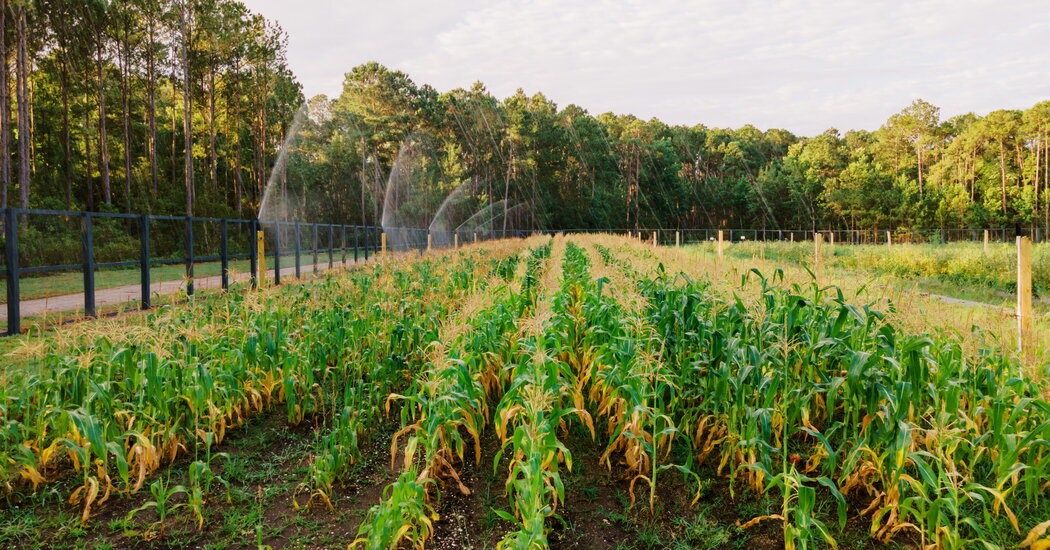This article is part of our latest special report on International Golf Homes.
Top-of-the-line fitness centers, lavish spas, green spaces and kids’ clubs tend to be key amenities in upscale golf developments, and have been for the last half-decade or more. Lately, on-site farms are taking center stage.
In addition to growing produce that figures prominently into the development’s cuisine or is given to residents to enjoy at home, many of these farms have plots where homeowners can grow their own crops. Some farms also feature apiaries that produce honey and chicken coops that provide eggs.
Golf communities with their own farms are on the rise, with at least several dozen added in the last two years, according to multiple golf specialists and real estate agents who specialize in golf properties.
Bonneau Ansley, the founder and chairman of Ansley Real Estate Christie’s International, in Atlanta, said that these farms had proliferated during the Covid pandemic. “People started to cook more at home, and golf communities became and continue to be places that offer homeowners everything they need for their daily living,” he said. “Having community farms was a logical step.”
Jason Becker, the chief executive of Golf Life Navigators, a matchmaking site that helps people find golf memberships and homes based on their criteria, attributed the rise to an interest in wellness.
According to a survey of 40,000 prospective golf home buyers that the site conducted last year, healthy living is one of the top three factors that they consider when searching for a community. “Homeowners are all over farms and a farm-to-table atmosphere that promotes a wellness-oriented lifestyle,” Mr. Becker said.
These farms are a featured amenity, for example, at Discovery Land Company properties. The real estate business with more than 30 golf developments globally, including in Comporta, Portugal and Barbuda in the Caribbean, has farms in all of them, according to Jim Tripi, the director of culinary for Driftwood Golf and Ranch Club outside of Austin, Texas.
They cover an average of five to six acres and grow local produce, he said; several also have coops where chickens lay eggs. The bounty at Driftwood, for instance, includes Swiss chard, radishes, red and yellow okra, eight varieties of tomatoes, figs, and persimmons. Chefs rely on these vegetables and fruits to create seasonal dining experiences at the property’s restaurants, Mr. Tripi said.
Similar to many Discovery…
Click Here to Read the Full Original Article at NYT > Travel…
